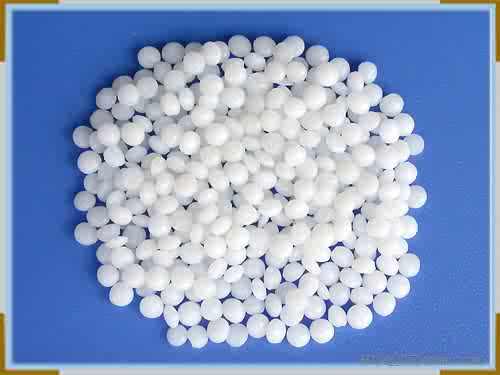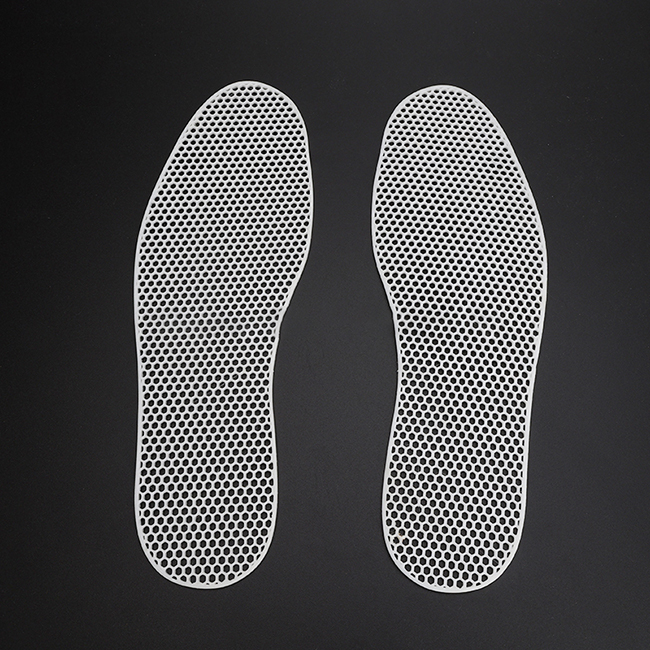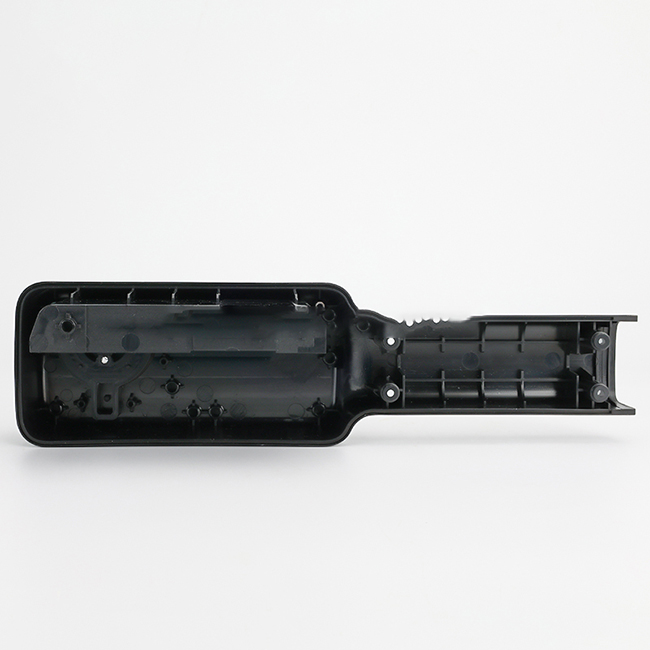SA (SAN–styrene-acrylonitrile copolymer/super glue)
- SA performance:
Chemical and physical properties: SA is a hard, transparent material that is not prone to internal stress cracking. It has high transparency, and its softening temperature and impact strength are higher than PS. The styrene component makes SA hard, transparent and easy to process; the acrylonitrile component makes SA chemically and thermally stable. SA has strong load-bearing capacity, chemical reaction resistance, thermal deformation resistance and geometric stability. Adding glass fiber additives to SA can increase strength and thermal deformation resistance and reduce thermal expansion coefficient. The Vicat softening temperature of SA is about 110℃. The flexural deformation temperature under load is about 100C, and the shrinkage rate of SA is about 0.3~0.7%.

- SA process characteristics:
SA processing temperature is generally 200-250℃. The material is easy to absorb moisture and needs to be dried for more than one hour before processing. Its fluidity is slightly worse than PS, so the injection pressure is also slightly higher (injection pressure: 350~1300bar). Injection speed: It is recommended to use high-speed injection. It is better to control the mold temperature at 45-75℃. Drying treatment: If the storage is not appropriate, SA has some hygroscopic characteristics. The recommended drying conditions are 80℃ and 2~4 hours. Melting temperature: 200~270℃. If processing thick-walled products, a melting temperature below the lower limit can be used. For reinforced materials, the mold temperature should not exceed 60℃. The cooling system must be well designed because the mold temperature will directly affect the appearance, shrinkage and bending of the product. Runners and gates: All conventional gates can be used. The gate size must be appropriate to avoid streaks, smears and gaps. - Typical application range: Electrical (sockets, housings, etc.), daily commodities (kitchen appliances, refrigerator units, TV bases, cassette boxes, etc.), automotive industry (headlight boxes, reflectors, instrument panels, etc.), household products (tableware, food knives, etc.), safety glass for cosmetic packaging, water filter housings and faucet knobs. Medical products (syringes, blood suction tubes, kidney infiltration devices and reactors). Packaging materials (cosmetic boxes, lipstick sleeves, mascara caps, bottles, covers, caps, sprayers and nozzles, etc.), special products (disposable lighter housings, brush substrates and bristles, fishing gear, dentures, toothbrush handles, pen holders, musical instrument nozzles and oriented monofilaments), etc.






